Before embarking on a journey to build strong and sculpted shoulder muscles, it’s crucial to understand the anatomy of the shoulder and how each muscle group contributes to shoulder movement. This knowledge will not only help you perform exercises correctly but also allow you to design a well-rounded workout plan.
Let’s explore the key shoulder muscles and their roles in your workouts:
Deltoid Muscles: The Shoulder’s Main Attraction
- The deltoid muscle, often referred to as the deltoid or delts, is the primary muscle of the shoulder and is responsible for the shape and functional movement of the shoulder joint.
- It is a large, triangular muscle that covers the shoulder joint and consists of three distinct heads: the anterior deltoid, lateral deltoid, and posterior deltoid.
- Each of these heads has specific functions and plays a vital role in shoulder mobility and stability.
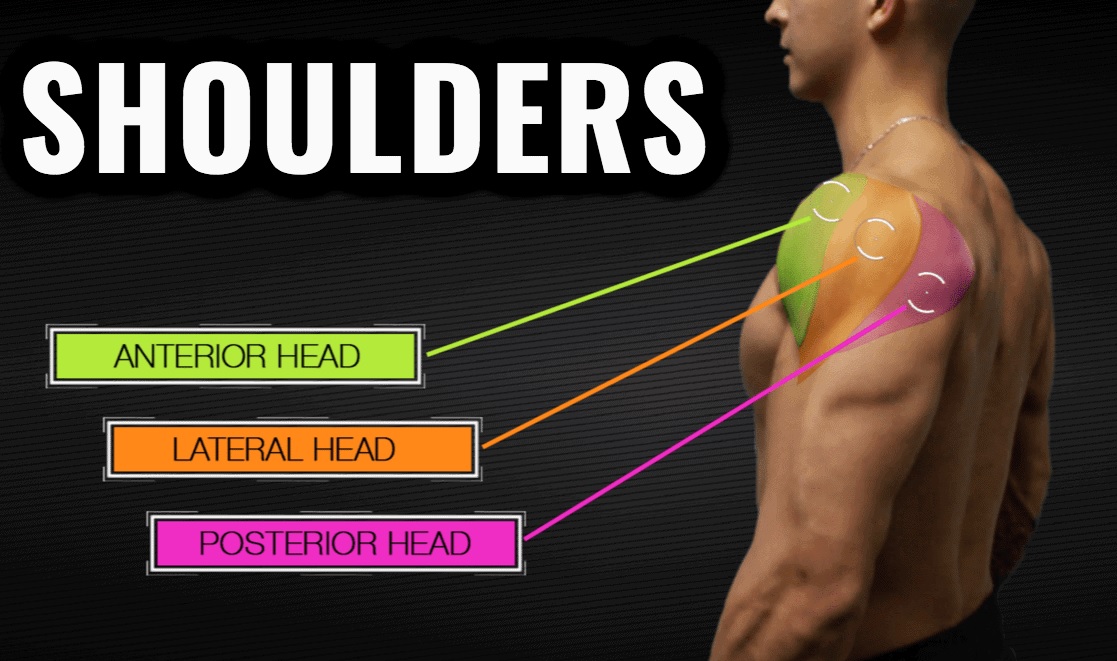
Rotator Cuff Muscles: Stability and Rotation
The rotator cuff is a crucial group of muscles and tendons located around the shoulder joint, consisting of four specific muscles, each with its distinct functions and roles:
- Supraspinatus: These muscle plays a pivotal role in initiating the process of shoulder abduction, which is the movement of lifting the arm away from the body to the side. It also contributes significantly to stabilizing the shoulder joint during this action.
- Infraspinatus: The infraspinatus muscle is primarily responsible for external rotation of the shoulder joint. It facilitates the turning of the upper arm outward, allowing the arm to rotate away from the body.
- Teres Minor: The teres minor muscle assists in external rotation of the shoulder, much like the infraspinatus. It also contributes to the stability of the shoulder joint during this movement.
- Subscapularis: The subscapularis muscle serves as the primary internal rotator of the shoulder. It is responsible for rotating the upper arm inward toward the body, performing internal rotation.
Collectively, these four rotator cuff muscles and their tendons work in harmony to provide stability to the shoulder joint and enable a wide range of movements, including abduction, external and internal rotation. Strengthening and conditioning these muscles is often a focus in rehabilitation and preventive exercises for shoulder health.
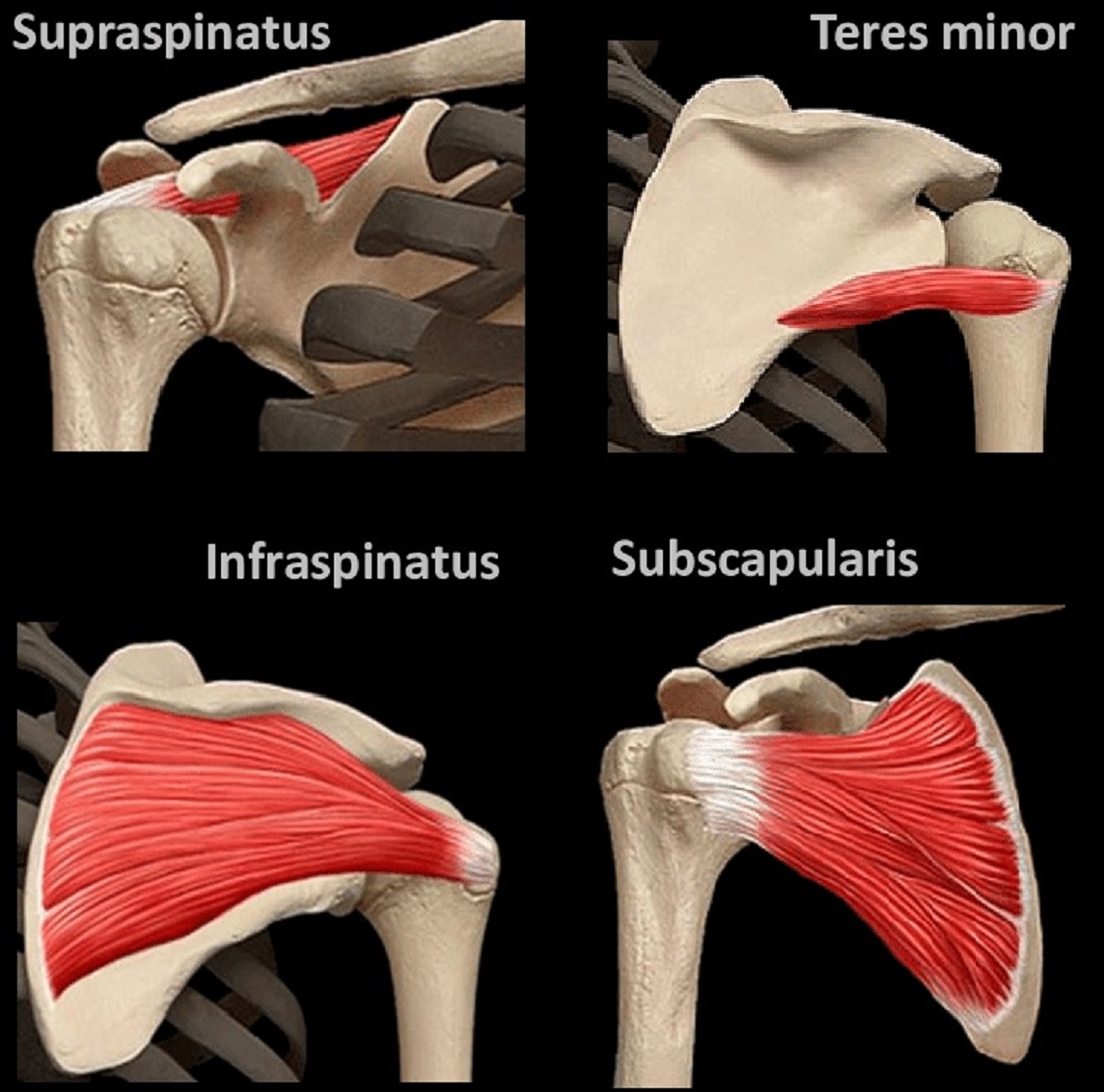
Trapezius Muscles: Upper Back Support
The trapezius muscle covers a large portion of the upper back and plays a significant role in shoulder function. It helps control shoulder movement and shoulder blade (scapula) positioning.
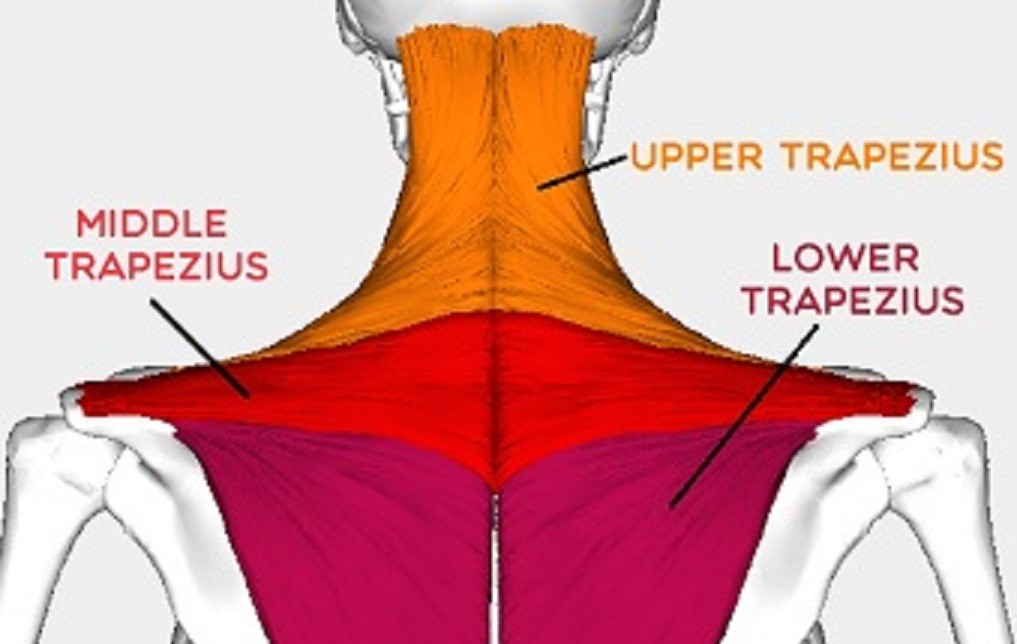
Rhomboid Muscles: Shoulder Blade Stabilizers
The rhomboid major and minor muscles are situated between the spine and the scapulae. They play a vital role in retracting the scapulae and assisting in various shoulder movements.
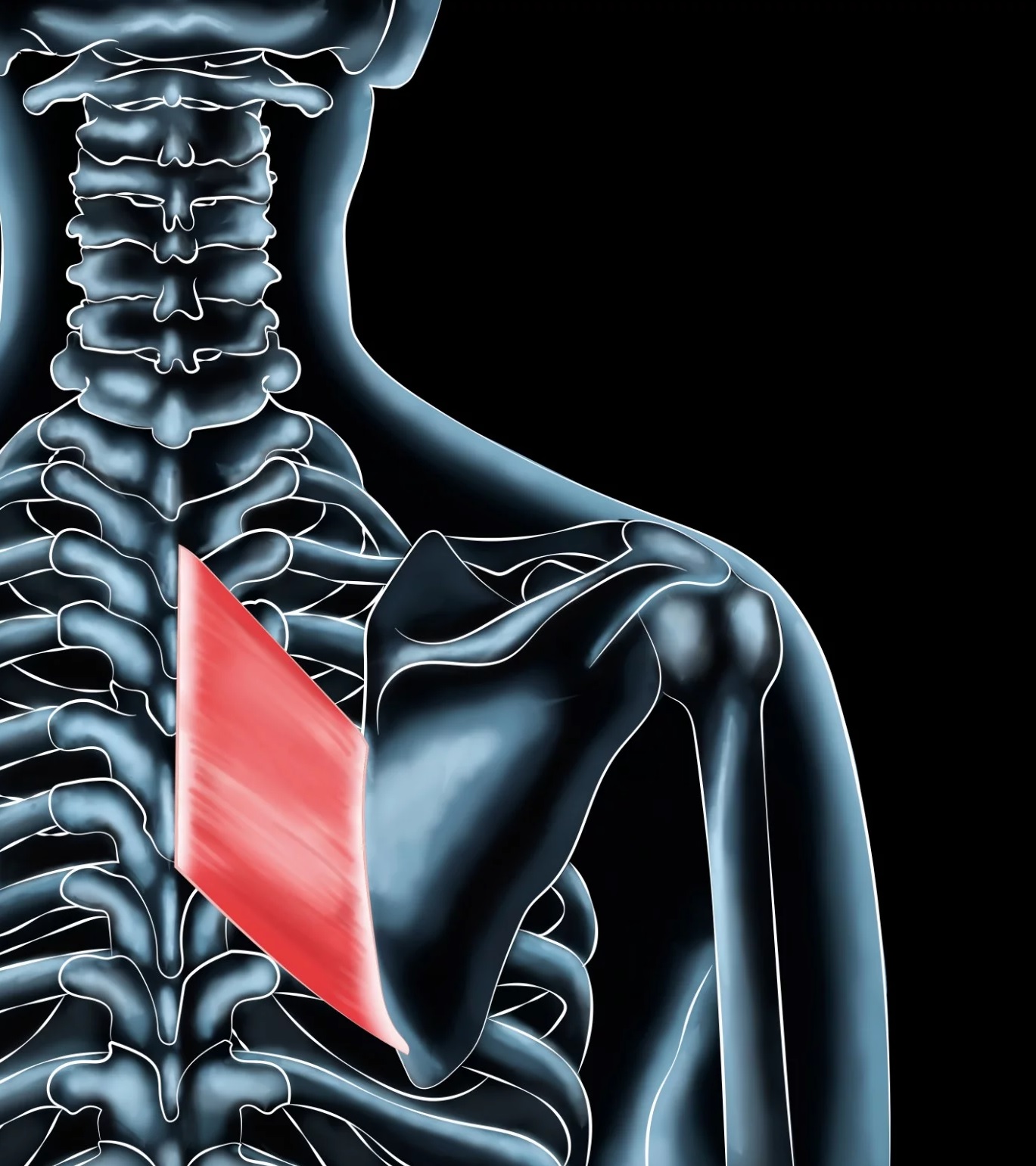
Understanding How Shoulder Muscles Enhances Workouts
- Exercise Selection: Knowing the specific functions of each shoulder muscle group enables you to choose exercises that target them effectively. For instance, if you aim to work the anterior deltoid, you’d opt for exercises that involve shoulder flexion.
- Balanced Training: A comprehensive understanding of shoulder muscles helps ensure that you include exercises that address all aspects of shoulder development. This prevents muscle imbalances and reduces the risk of injury.
- Proper Form: Knowledge of shoulder anatomy is essential for maintaining proper exercise form. Correct form not only maximizes muscle engagement but also minimizes the risk of injury.
- Injury Prevention: Understanding the rotator cuff’s role in shoulder stability can guide you in injury prevention. Incorporating exercises that strengthen the rotator cuff can help maintain healthy shoulder joints.
- Customized Workouts: Armed with this knowledge, you can design workouts tailored to your specific goals, whether it’s developing strong shoulders, improving shoulder stability, or enhancing shoulder mobility.
Shoulder Training Success Tips
- A strong mind-muscle connection is essential for effective shoulder training. Concentrate on feeling the tension in your shoulders during each repetition, and visualize the muscles working as you lift the weights. This mental focus can improve muscle recruitment and maximize your shoulder workout.
- Nutrition plays a significant role in building shoulder muscles. Consume a diet rich in lean protein, complex carbohydrates, and healthy fats to provide your body with the necessary nutrients for muscle repair and growth.
- Consistency is vital in any muscle-building endeavor. Stick to your workout plan, and over time, you’ll see significant improvements in the size and strength of your shoulder muscle.
Unlocking Shoulder Growth: Three Crucial Strategies
Let’s look at the secrets of shoulder workouts together. By implementing three pivotal strategies, you’ll not only boost muscle size but also reveal your true potential in shoulder building. Let’s dive in!
No 1: Maximum Muscle Gain with Intense Variations
- Number one on your journey to supercharge your shoulder workouts is grasping the fundamental principle that there’s always a more demanding way to push your limits. Regardless of the exercise you’re performing, there’s often a more intense variation waiting for you.
- Picture this as the training equivalent of level three to four on your scale. Execute three to four sets with a moderate number of reps, taking adequate rest in between sets. This initial phase will be an eye-opener, pushing a substantial amount of blood into those shoulder muscles.
- When you’re ready to take it up a notch to the “brain” level, you’ll need to reduce your rest periods, increase the number of reps, and approach it with a rest-pause mentality. It’s a simple rule of thumb – by compressing time, you elevate the intensity. But here’s where things get even more extreme: remove the supporting hand from the bottom of the plate, even if just for a brief moment. This bold move will propel you to the “bat wings” level.
By embracing these progressive levels, you can keep pushing your boundaries and unleashing your full potential in your quest for massive shoulder gains. Remember, there’s always a more intense variation awaiting you, and it’s a thrilling journey toward supercharging your shoulder workouts.
No. 2: Unconventional Techniques for Supercharged Workouts
- To maximize your shoulder growth, it’s crucial to understand that sometimes you’ll need to break free from convention and embrace unconventional techniques.
- Don’t be afraid to appear unconventional or look like you’re breaking the mold because, ultimately, good form is about connecting with the exercise and less about conforming to what others might think.
- You’ll often find people at the gym repeating the same exercises mindlessly, lacking the proper mind-muscle connection, with more blood in their face than in their delts.
- Embrace experimentation and unconventional methods. One effective way is to use machines in unique ways, which may seem unorthodox to onlookers, but it’s incredibly effective.
- For example, take the machine side lateral exercise; instead of the typical approach, try turning sideways and working one arm at a time. This variation targets both the anterior and lateral head of your deltoids, leaving others baffled but your shoulders thoroughly engaged.
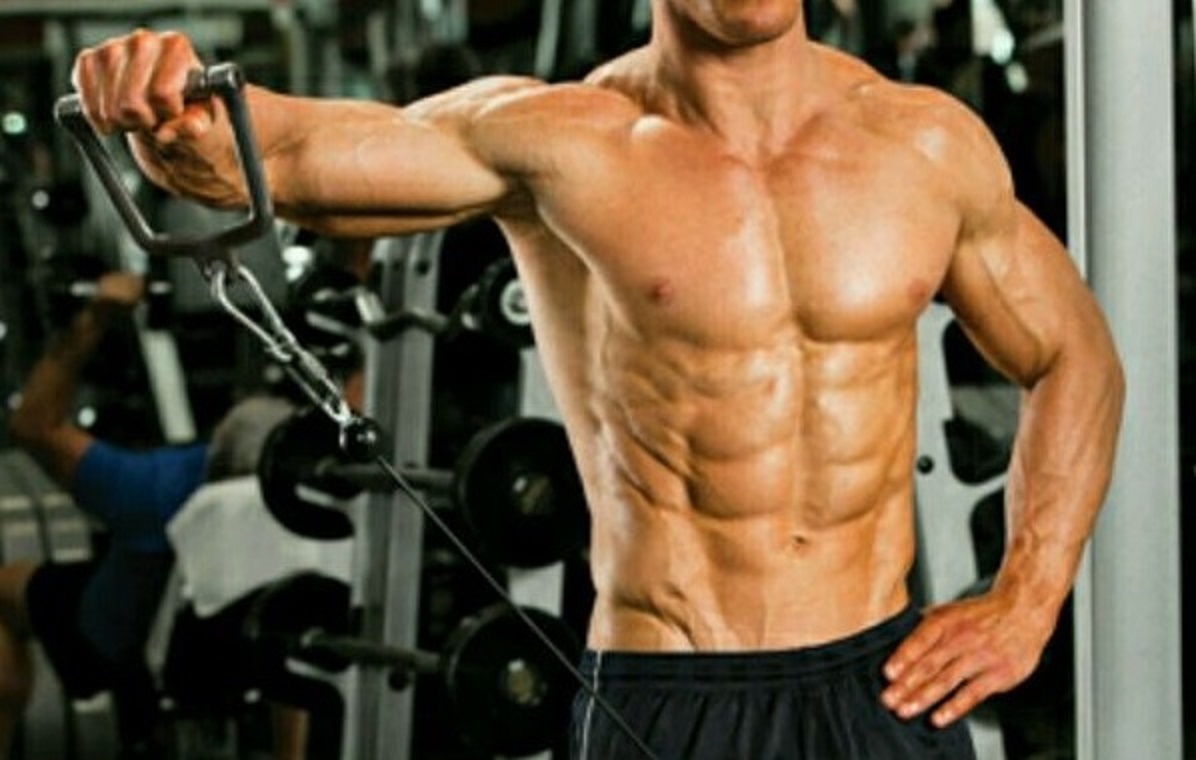
- Even when it comes to classic dumbbell side laterals, observe people with exceptional shoulder development, and you’ll notice they employ different techniques. Some opt for a straight-arm approach, while others execute a pull-up akin to a wide grip upright row.
- There are even those who mimic a machine fly motion during their lateral raises. The key takeaway is that there’s no one-size-fits-all approach, and it’s beneficial to switch up your techniques regularly to find what truly resonates with your shoulder muscles. So, don’t hesitate to look unconventional or “weird” in the pursuit of superior shoulder gains.
No.3: The Resilient Approach to Shoulder Gains
- The pursuit of exceptional shoulder muscle growth demands innovation and pushing the limits.
- One unorthodox yet effective strategy for supercharging your shoulder workouts is to start with an exercise that could seemingly ruin your entire routine.
- While this might sound counterproductive, it’s precisely the resilience of your shoulders that allows for this unique approach.
- By incorporating a challenging start to your workout, such as a prolonged static hold or high-intensity sets, you can flood your deltoids with blood and set the stage for extraordinary growth.
Here’s how this unconventional strategy can propel your shoulder development to new heights.
- Defying Convention: Conventional wisdom might suggest easing into a workout to prevent exhaustion or injury. However, by challenging your limits right from the start, you can achieve remarkable results. Your shoulders, known for their resilience, can withstand the initial intensity, paving the way for a highly productive workout.
- The Pre-Fatigue Approach: Starting with a static hold or a series of intense sets prior to your main workout is like pre-fatiguing your deltoids. This technique has a remarkable effect in that it pushes an extraordinary amount of blood into your shoulder muscles. This pre-exhaustion primes your deltoids for what’s to come, enhancing your mind-muscle connection.
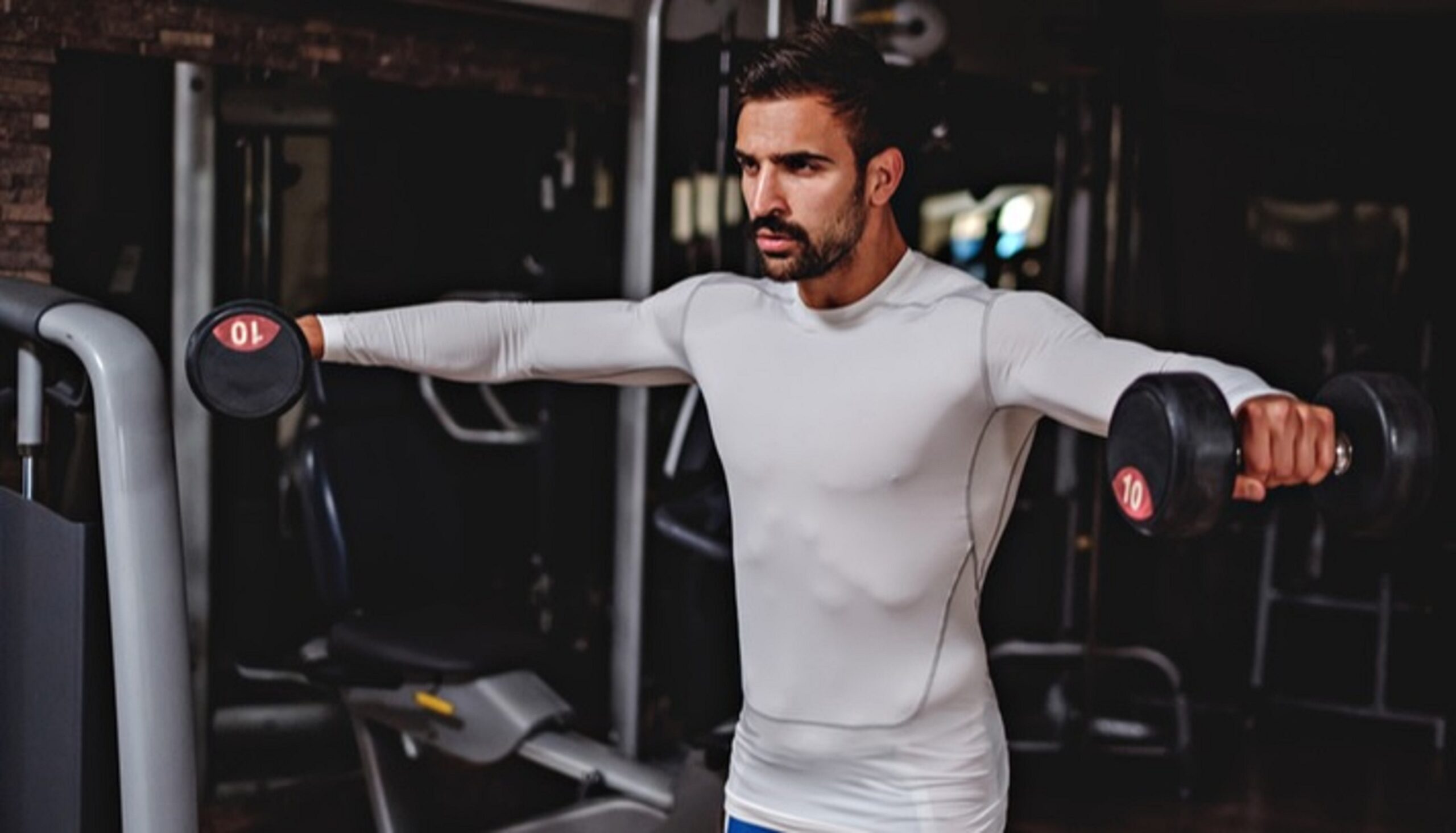
- Mental Resilience: The mental aspect of this approach is equally significant. Many individuals face an initial mental battle when they know they’re about to dive into a challenging workout right from the start. Overcoming this mental barrier is key. Once you conquer the initial doubts and get past the feeling of imminent exhaustion, you’re poised for a highly effective workout that can lead to significant growth.
- Heightened Mind-Muscle Connection: As you move into the core of your shoulder workout after the initial challenge, you’ll find that your mind-muscle connection is at its peak. Your deltoids are pumped with blood and are exceptionally receptive to every repetition, ensuring a more targeted and effective workout.
- Greater Gains: By adopting this unconventional approach, you can unlock the true potential of your shoulder muscles. The intense start sets the stage for a high-impact workout that can lead to superior growth and definition.
Conclusion
- Starting your shoulder workouts with an exercise that initially feels overwhelming can be a game-changing strategy.
- Your resilient shoulders can take on this challenge and emerge even stronger.
- This approach, though unconventional, can propel you to new levels of shoulder muscle development.
- Overcome the mental hurdle, embrace the intensity, and watch your shoulders grow like never before.









